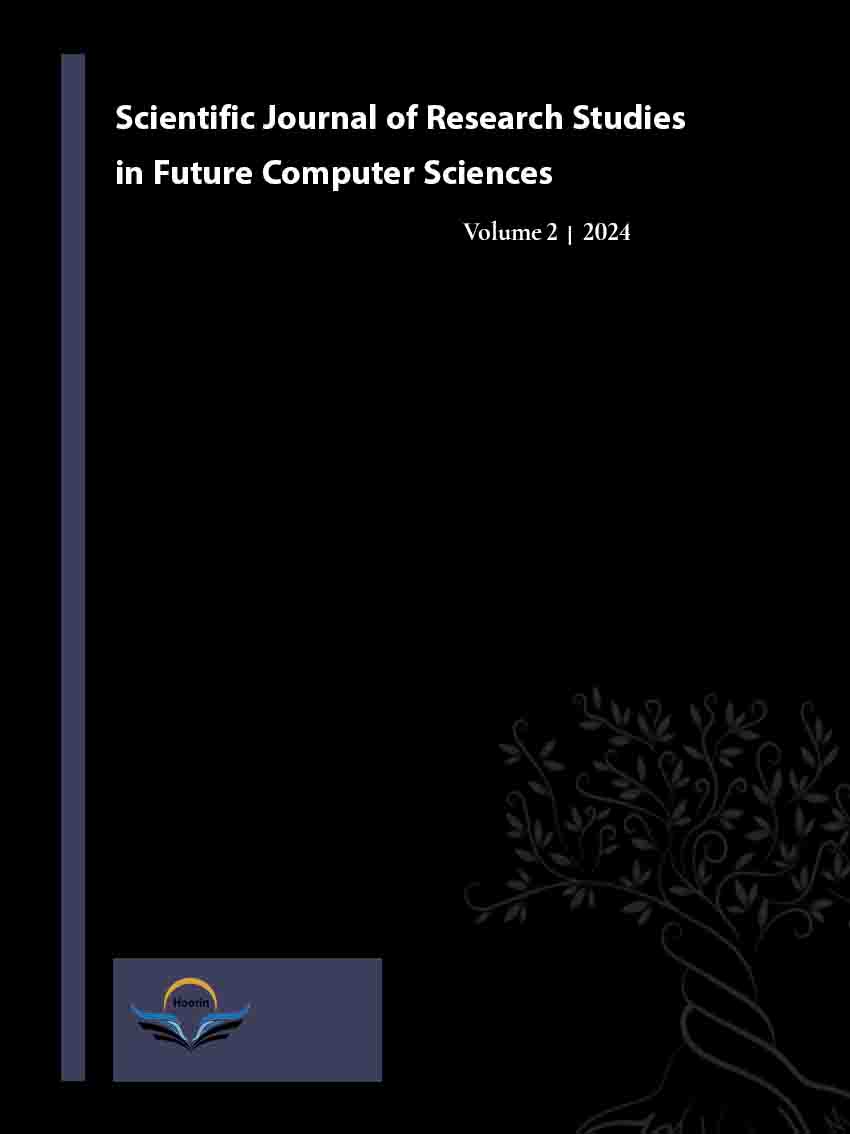Identification of High-Value Banking Customers Using Social Network Analysis
Keywords:
Bank transaction network, influential customers, centrality analysis, TOPSIS method, multi-criteria decision-makingAbstract
In recent years, with the expansion of banking activities, the diversification of their services, and the emergence of private banks in the country, competition among banks for customer acquisition and transaction network development has significantly increased. In this competitive environment, precise identification of customers and evaluation of their value for providing targeted services has gained particular importance. One of the key strategies for customer retention and growth is to identify influential customers, measure their degree of influence within the bank’s customer network, and provide them with satisfactory services. These influential customers play a crucial role in customer network expansion, transaction growth, and consequently, achieving the bank’s strategic goals. The objective of this research is to identify influential customers within the banking customer network using social network analysis (SNA) techniques applied to the bank’s transaction network. In this study, the banking transaction network was analyzed, and five centrality algorithms were implemented. Then, using expert opinions and the TOPSIS multi-criteria decision-making method, these algorithms were ranked. The transaction dataset contained a total of 86,000 records, including source card number, destination card number, transaction amount, and customer ID. The results showed that the most effective centrality measures were, respectively: closeness centrality, degree centrality, PageRank centrality, eigenvector centrality, and betweenness centrality. In addition, using community detection analysis, communities containing influential nodes were identified. By comparing these communities and incorporating expert insights, high node degree variance was recognized as one of the distinguishing characteristics of communities containing more influential nodes.
Downloads
Published
Issue
Section
License
Copyright (c) 2024 Scientific Journal of Research Studies in Future Computer Sciences

This work is licensed under a Creative Commons Attribution 4.0 International License.




